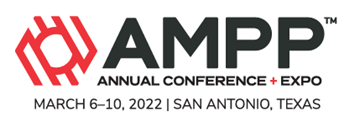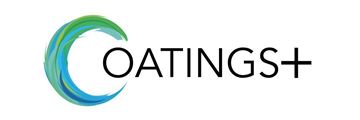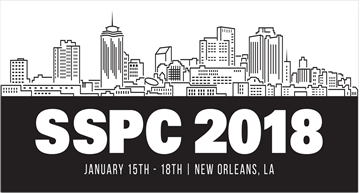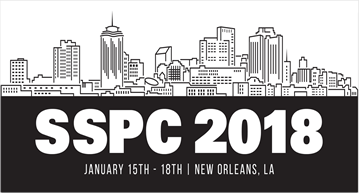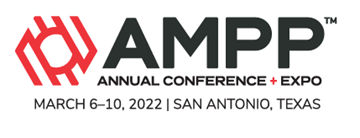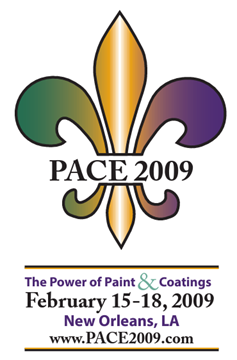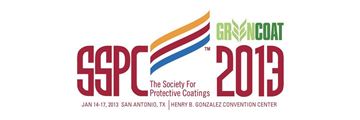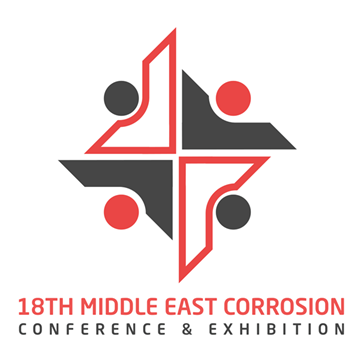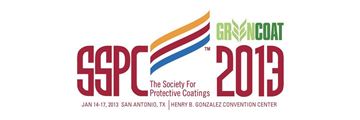Search
Individual Conference Papers
View as
Sort by
Display
per page
Horizontal Directional Drilling In External Pipeline Coating Integrity
Product Number:
51322-17785-SG
Publication Date:
2022
$20.00
Houston’s Best Practices for Coating Rehabilitation of Large Diameter Above Grade Water Line Crossings
Product Number:
51220-255-SG
Publication Date:
2020
$20.00
How to conquer corrosion and cavitation erosion on submerged areas and tanks
Product Number:
51218-118-SG
Publication Date:
2018
$20.00
HOW A COMBINATION OF A POLYMER AND PVC FILM CAN PROVIDE COMPLETE GREEN COATING SOLUTIONS?
Product Number:
51218-109-SG
Publication Date:
2018
$20.00
How A Single-Coat, Non-Hazardous Epoxy Saves Charlotte Water Money In The Long Run
Product Number:
51322-17988-SG
Publication Date:
2022
$20.00
How Blast and Coat Climate Control Equipment Restored Prominent Facilities in New Orleans Post-Katrina
Product Number:
41209-507-SG
Publication Date:
2009
$20.00
How Can Companies Go Greener? (-...Psst: Without Loosing Performance)
Product Number:
41213-734-SG
Publication Date:
2013
$20.00
How Can New Coating Technologies Secure Long Lasting Corrosion Protection even under Unpredictable Surface Conditions?
Product Number:
MECC23-20116-SG
Publication Date:
2023
$20.00
How Design Features Unique to AP1000 Nuclear Power Plants Affect Coating System Design Requirements
Product Number:
41213-740-SG
Publication Date:
2013
$20.00
How Environmentally Friendly Coatings can make you Money
Product Number:
41205-166-SG
Publication Date:
2005
$20.00
How Fluoropolymers Resist Chemical Attack across the pH Spectrum
Product Number:
51324-20603-SG
Publication Date:
2024
$40.00
How Have the Latest Instrument Developments Changed the Way We Measure Profile?
Product Number:
51219-173-SG
Publication Date:
2019
$20.00

